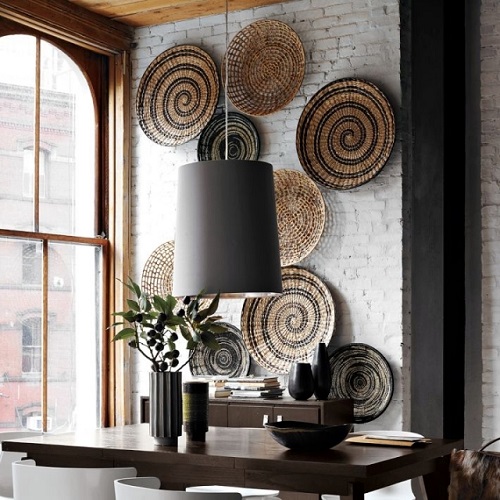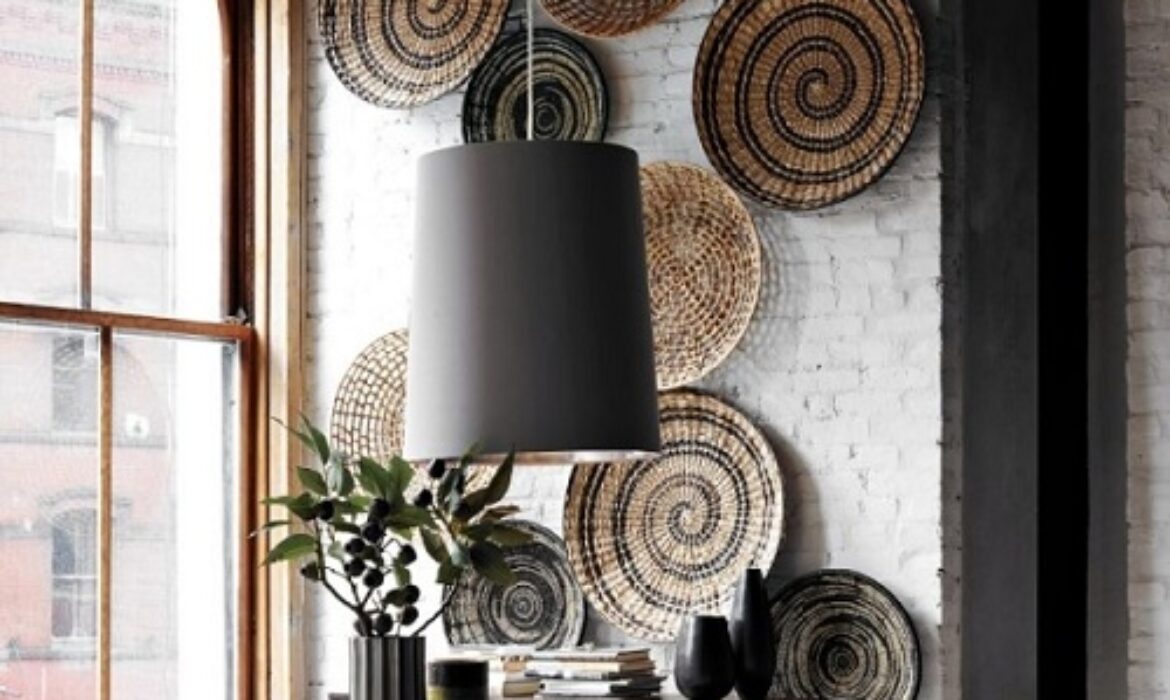
Introduction:
Indian Style interior design always comes with Color, complicated design and tough. We all know Indians live with different cultures, dravidian culture, northern west culture and northern east culture. That’s the reason we call it Unity in Diversity.
EPS Interiors in Chennai have great architects who have mastered the dravidian architecture style
Culture influences every indian, we already know that there is a big cultural diversity for every Indian.
Indian homes are always different from european and other asian cultures. Apart from those difference india itself diverse in cultures like
- Mughal Architecture
- Indo-Saracenic revival architecture
- Dravidian Architecture
- Kalinga Architecture
- Sikh Architecture
- Vesara Architecture
- Cave Architecture.
- Temple Architecture
- Rock Cut Architecture
Mughal Architecture:
Mughal architecture came to India in Indo-Islamic period, when mughals were ruling India. The time period is around the 16th, 17th and 18th centuries. We got beautiful buildings like Taj Mahal, Lahore Fort and Agra fort. These are the resemblems of Mughal architecture.
Mughals had great passion for architecture and designs. Their designs come with tons of love and creativity.
So where does mughal architecture came from
- It’s the mixer of Persian, Iranian and central asian architecture.
Features of Mughal Architecture:
- The halls are very spacious and will look very huge
- Doors and Gates will have heights
- Decorative parts and creativity are astonishing
- Their Domes are very unique in nature.
- Usually they will have four design oriented minarets in building corners.
Indo Saracenic Revival Architecture:
It’s a revivalist architectural style, which was mostly used by Britishers. Who built these architectural buildings during the Mid 18th and 19th centuries in India. These Buildings are called as British Raj Buildings.
So how does the Indo Saracenic Buildings look like
- It’s the combination of Islamic Designs with Indian Culture.
IndoSaracenic Buildings are the combined culture of Indo-Gothic, Mughal-Gothic, Hindu-Gothic and Neo-Mughal Architecture.
Features of Indo Saracenic Buildings are:
- Their Bulbous Domes are a little bit different from Mughals, the domes look like inverted onion structure.
- They Integrate Overhanging eaves in their buildings.
- Their arches are pointy, Cusped or Scalloped arches.
Dravidian Architecture:
Dravidian Architecture is one of oldest architecture in India and most of their sub continent. It all evolved during the 9th and 10th century when The Great Raja Raja Chola conquered Asia sub continent. Their culture went till Burma, Indonesia, Malaysia, philippines and sri lanka.
Dravidian architecture is always complex when we compare it with mughals and european architectures. They construct a Pyramid shaped structure which is called as kovils. Mostly dravidian buildings are done for temples, deity worship and some time for warriors.
Dravidian Architecture is a raw concept, which didn’t formed by combining other cultures. This concept is solely inherited from tamilnadu, karnataka, kerala and sri lanka. When they were ruled by one King Raja Raja Cholan.
Features of Dravidian Architecture:
- Mostly they have pillared rock, which will withstand without any damage for 1000 years. The great example is Tanjore Shivan Temple.
- They give extra care for their compound walls for heavy protection.
Kalinga Architecture:
This architecture is solely inherited from the Kalinga region (odisha, andhra pradesh borders and eastern india). But few design concepts are derived from dravidian architecture like constructing with pillars, using raw stones and integrating complex statues etc.,
The main advantage of kalinga architecture is its durability and strength. Similar to dravidian architecture. Kalinga Architecture has some iconic buildings like Rekhu Deula, Khakhara Deula and Pidha Deula. The temples have some commanding designs which are considered as iconic and historical connotations.
Features of Kalinga Architecture:
- Kalinga architecture is a great example of indian architectural buildings.
- The construction are very lavishly created and designed with tons of creativity
- Buildings are durable with high strength.
- Majorly used stones are sandstone and laterite.
Sikh Architecture:
Sikh as a region came to existence during 15th and 16th century, so their architectural style are majorly influenced by mughal and persian styles. For instance if we do some minor changes in mughal architecture, we cannot find the differentiation between mughal and sikh architectures.
Though the style and ideas are innovated directly from mughal and persian models. They have some unique designs. Their architectural designs will be more aggressive and bold with more creativity.
In recent years, sikh architecture is evolving across the world. Majorly they are used in UAE, Arabic and so on. Some of the major notable sikh architecture buildings are Guru nanak devi gurdwara temple, which is considered as one of the first notable sikh architecture in the world.
The main features of Sikh Architecture are
- They have similar Onion Dome like Mudhal style
- Sikh style do not have minarets, instead the minarets are integrated with the main building for security and safety.
- Sikh architectures have functionality and do have aggressiveness.
Indian architecture is always commanding and brings astonishingly great design with creativity.

